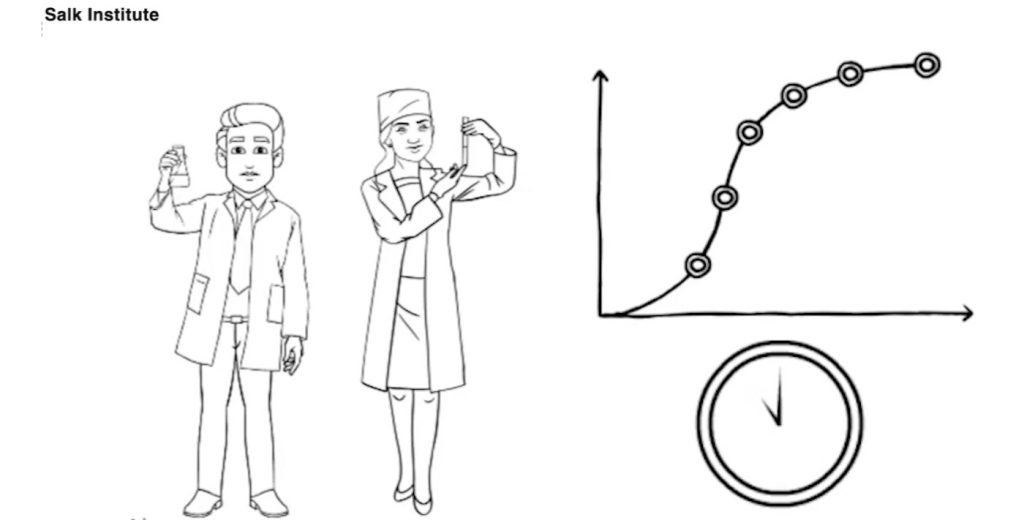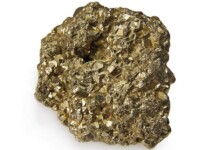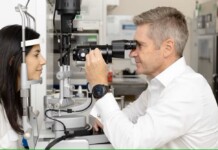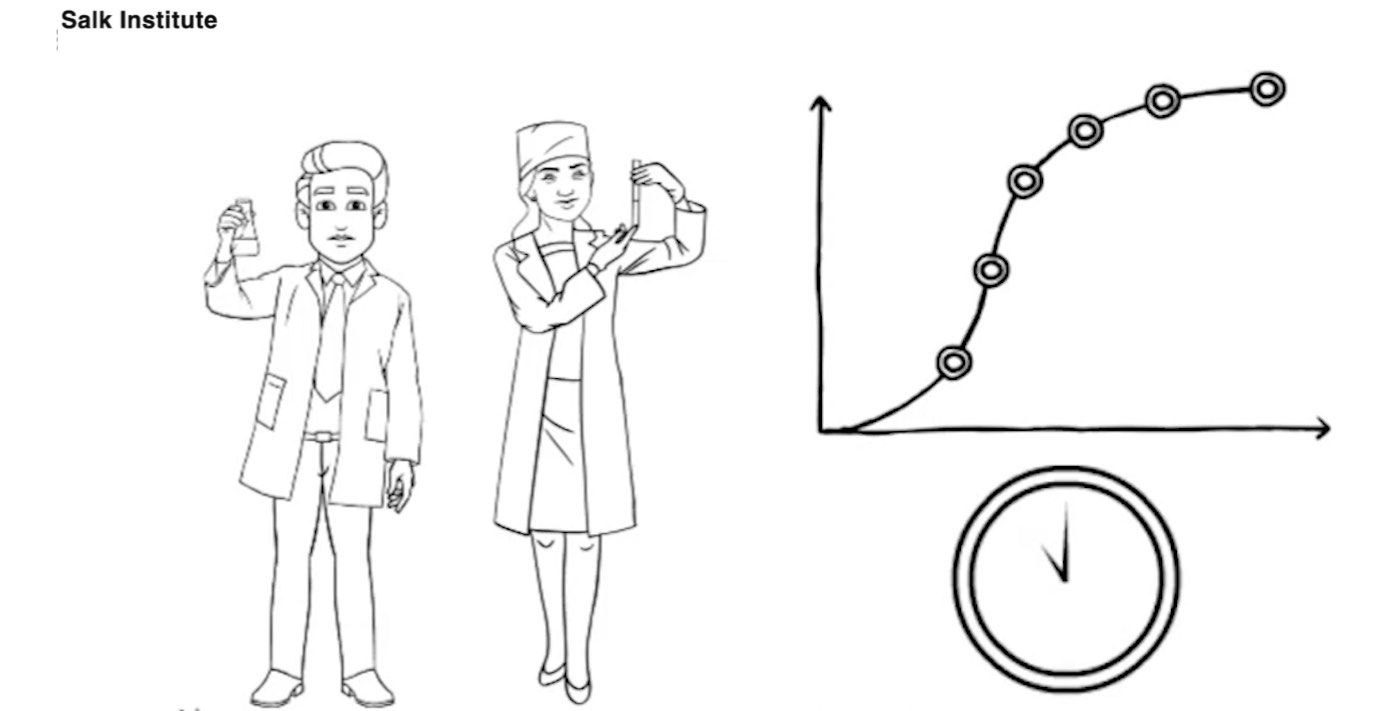
Age may be just a number, but it’s a number that often carries unwanted side effects, from brittle bones and weaker muscles to increased risks of cardiovascular disease and cancer. Now, scientists at the Salk Institute have shown that they can reverse the aging process in middle-aged and elderly mice, leading to a variety of benefits.
The technique works by partially resetting their cells to more youthful states, which impact skin, eyesight, muscles, and the brain.
“We are elated that we can use this approach across the life span to slow down aging in normal animals. The technique is both safe and effective in mice,” says co-corresponding author Juan Carlos Izpisua Belmonte, professor in Salk’s Gene Expression Laboratory.
When injured, the youthful skin of the treated mice had a greater ability to heal and was less likely to form permanent scars.
Both the kidneys and blood of treated animals more closely resembled epigenetic patterns seen in younger animals.
RELATED: Molecule Combo Actually Reverses Arthritis in Human Cartilage, Says ‘Exciting’ New Study
As organisms age, it is not just their outward appearances and health that change; every cell in their bodies carries a molecular clock that records the passage of time. Cells isolated from older people or animals have different patterns of chemicals along their DNA—called epigenetic markers. Scientists know that adding a mixture of four reprogramming molecules—Oct4, Sox2, Klf4 and cMyc, also known as ‘Yamanaka factors’—to cells can reset these epigenetic marks to their original patterns.
Scientists have used this approach in experiments to improve the function of other tissues like the heart, brain, and eyesight.
At Salk, they tested three groups of mice at varying ages equivalent to humans being 35, 50 and age 80, and found after seven or 10 months, the mice resembled younger animals in both appearance and ability.
This youthfulness was observed in the animals treated with the Yamanaka factors for seven or 10 months, but not the animals treated for just one month. What’s more, when the treated animals were analyzed midway through their treatment, the effects were not yet as evident. This suggests that the treatment is not simply pausing aging, but actively turning it backwards—although more research is needed to differentiate between the two.
Metabolism remained stable showing no form of age. Furthermore, there were no blood cell alterations or neurological changes in the mice that received the treatment, and no cancers or other health problems in any of the groups.
“At the end of the day, we want to bring resilience and function back to older cells so that they are more resistant to stress, injury and disease,” says co-author Dr Pradeep Reddy, of the Salk Institute.
POPULAR: 4 Common Medicines Have Reversed Alzheimer’s in Mice
“In addition to tackling age-related diseases, this approach may provide the biomedical community with a new tool to restore tissue and organism health by improving cell function and resilience in different disease situations, such as neurodegenerative diseases.”
The study, published in the journal Nature Aging, shows that, at least in mice, “there’s a path forward to achieving that.”
YOU ARE Not Getting Any Younger… SHARE This on Social Media..





















Can we get this “4 Molecule Youth Shot” at a pharmacy or a local bar? Asking for a friend.